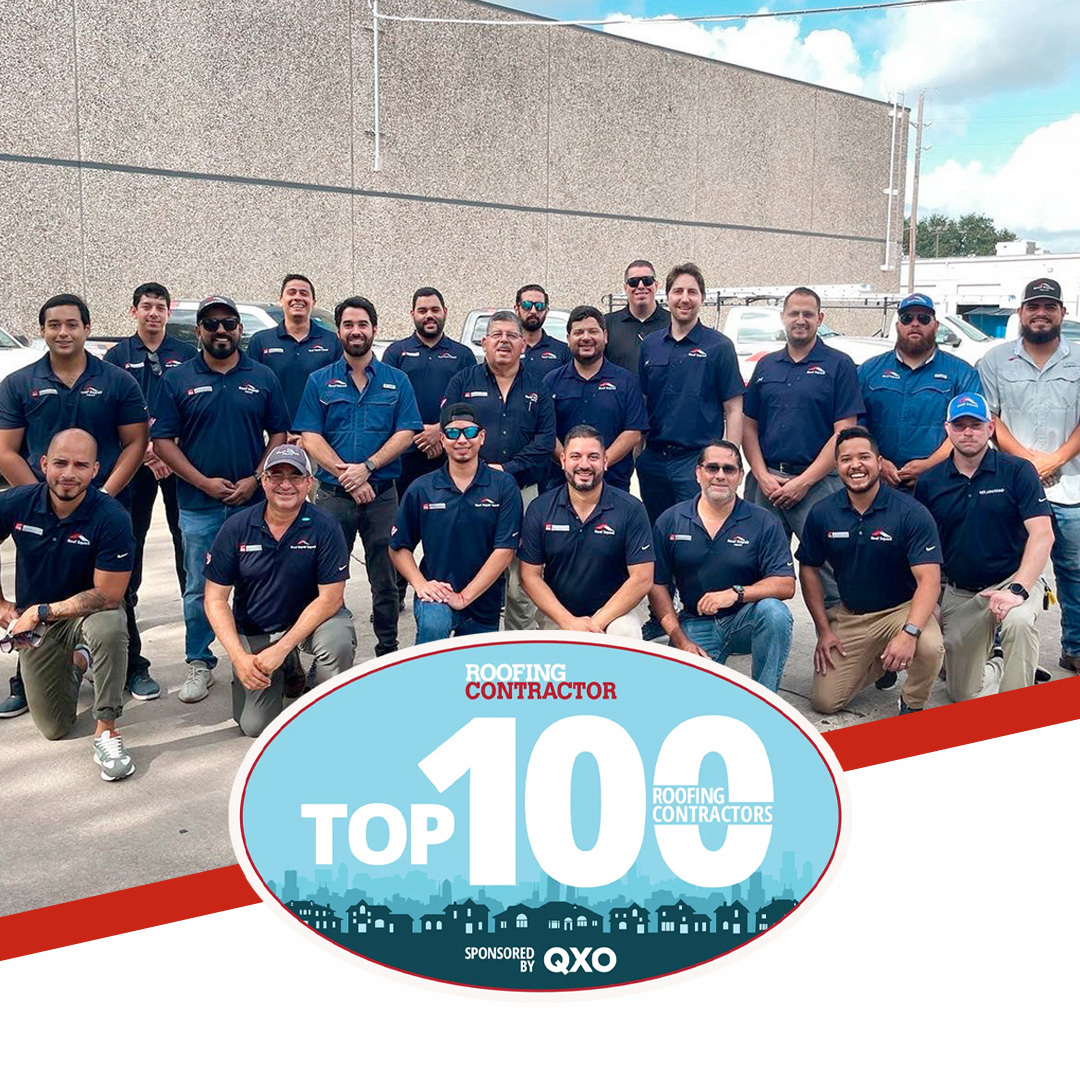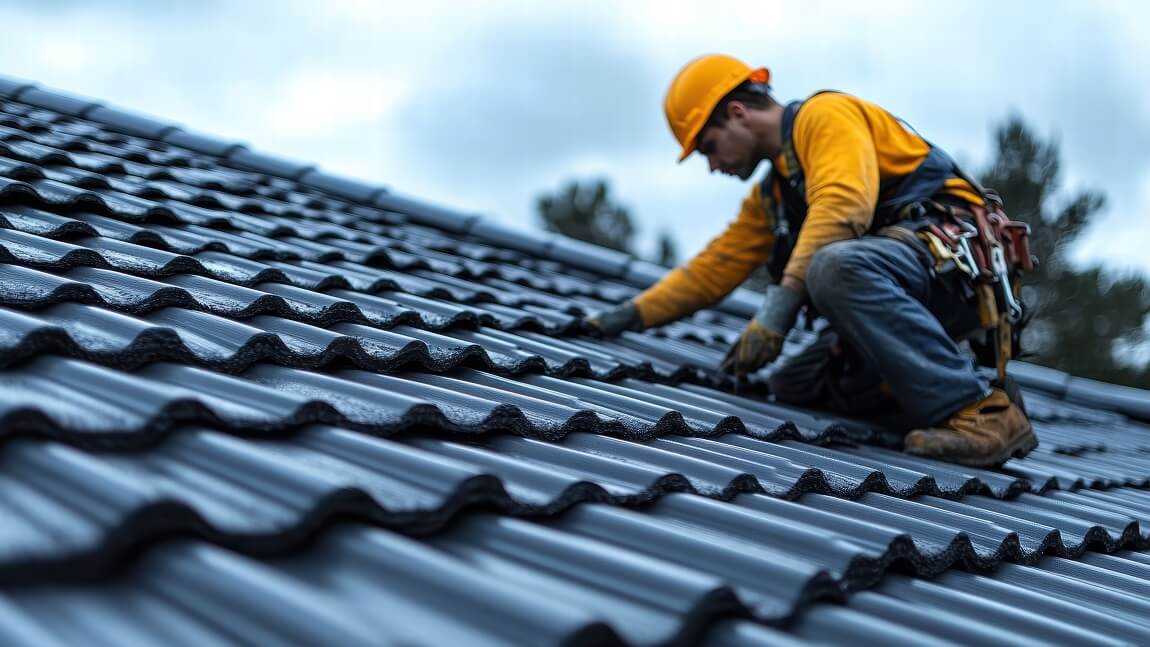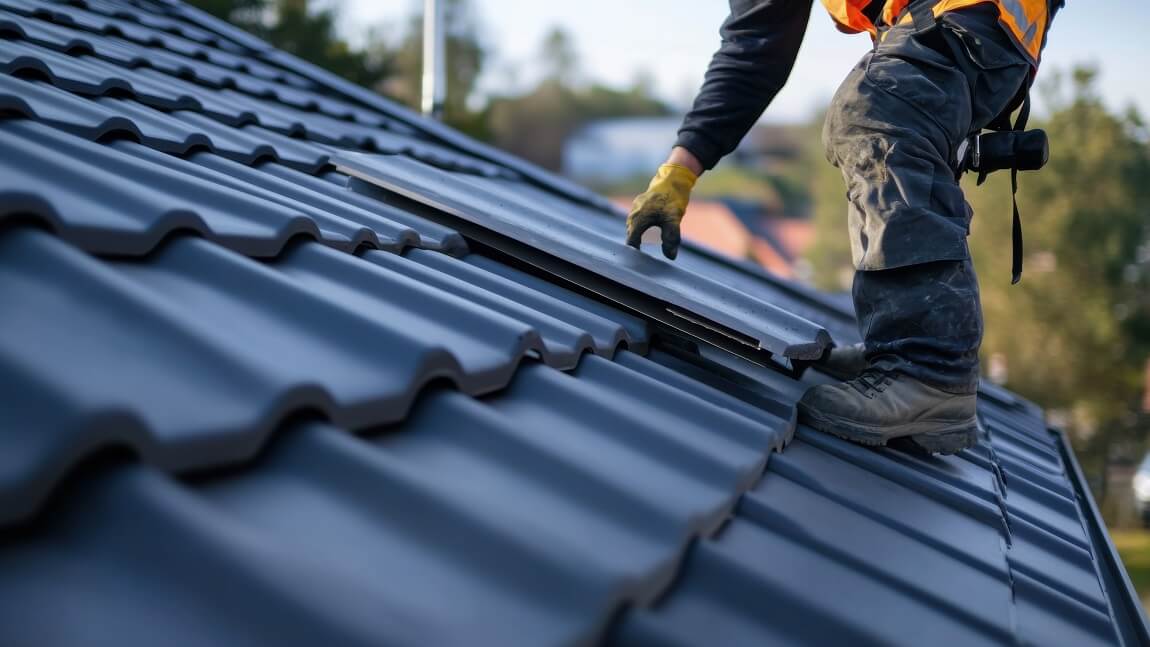Most homeowners think roofing is just shingles and gutters, which is actually not true. The average roof on a house has many components. Understanding roof construction basics can help homeowners make informed decisions about repairs, maintenance, and replacements. The proper knowledge of all these components and the construction method can prove valuable in your next roofing project.
The Anatomy of a Roof
Before we discuss the construction, let's break down the basic parts of a roof. Knowing these roof construction components will give you a better understanding of how a roof functions and why proper installation is crucial.
- Roof Deck: This is the base layer upon which everything else is built. It's usually made of plywood or oriented strand board (OSB).
- Underlayment: Workers apply a water-resistant or waterproof barrier on the roof deck before installing the shingles to prevent water penetration.
- Shingles: These are the outermost layer, made of various materials like asphalt, wood, metal, or tile. They protect the roof from the elements and give it an aesthetic appeal.
- Flashing: Pieces of metal or other material installed to prevent water from seeping into joints and valleys of the roof.
- Ventilation: A crucial part of construction that allows air to circulate in the attic space, helping to regulate temperature and moisture levels.
Types of Roof Structures
Roofs come in different shapes and sizes, each with its own strengths and aesthetic appeal:
- Gable Roof: This is the most common type and is characterized by two sloping sides that meet at a ridge.
- Hip Roof: This roofing type is where all sides slope downwards to the walls, making it more stable in high winds.
- Flat Roof: This is a nearly horizontal roof with a slight slope for drainage. It’s common in modern architecture.
- Mansard Roof: This roofing structure is double-sloped on all sides, featuring a steeper lower section. The top is flatter to provide extra living space in the attic.
How Roofs Are Built
Roof construction explained step by step can help you appreciate the complexity involved. Here's a simplified overview of how contractors typically build:
Planning and Preparation
The process begins with careful planning. Architects and engineers design the roof structure, considering factors like local climate, building codes, and aesthetic preferences.
Framing
Next comes the framing, which forms the skeleton of your roof. Carpenters install rafters or trusses. This creates the basic shape and slope.
Sheathing
Workers then cover the framing with sheathing, which is usually plywood or oriented strand board (OSB). This provides a solid surface for the rest of the roofing materials.
Underlayment Installation
The underlayment follows. This water-resistant layer adds extra protection against moisture, crucial for preventing leaks.
Flashing and Drip Edge
Roofers install flashing around chimneys, vents, and other features. They also add a drip edge along the perimeter. These elements direct water away from vulnerable areas.
Shingle or Roofing Material Application
Finally, the outer roofing material is applied. Contractors start at the bottom edge for asphalt shingles and work their way up. They overlap each row to ensure proper water shedding.
Ventilation System Installation
Proper ventilation is crucial. Roofers install ridge vents, soffit vents, or other systems that help regulate the temperature and moisture in your attic.
Final Inspection
Once complete, contractors conduct a thorough inspection. This ensures everything meets local building codes and manufacturer specifications.
A well-constructed roof protects your home and enhances its value. To maintain your roof's longevity, inspect regularly for shingle damage, water signs, and intact flashing. Keep gutters clear to prevent leaks, and trim overhanging branches to avoid shingle damage and pest entry.
Protect your home with Roof Squad's dependable roof repair and replacement services. Our extensive experience and commitment to quality ensure your roof stands strong for years to come. Contact us today!










